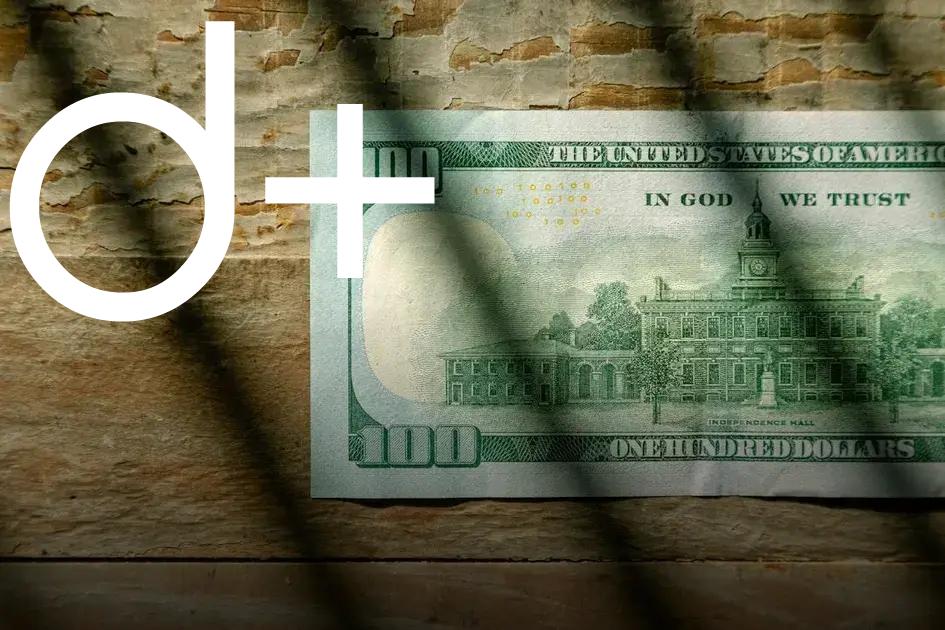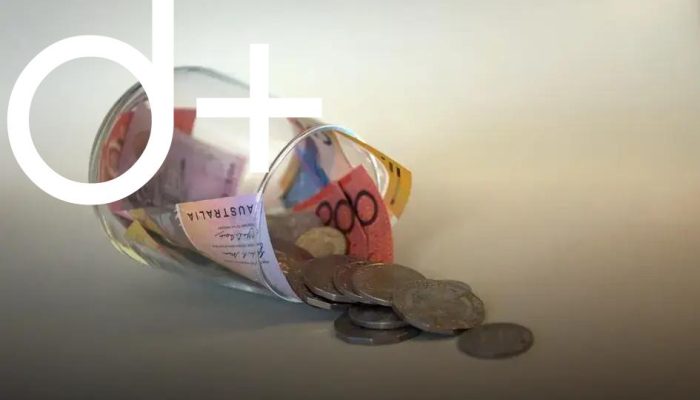Stablecoins have become central in the world of cryptocurrency, offering a solution to volatility. As they link digital currencies to stable assets, questions arise about their reliability and security. In this post, we focus on the rapid rise of stablecoins, specifically exploring whether USDT or USDC offers a safer option for users and investors. You’ll gain insight into their differences, the role of security, and what the future holds for these digital assets.
Understanding Stablecoins and Their Role
Stablecoins are an innovative breed of cryptocurrency designed to offer the stability of traditional fiat currencies while harnessing the cutting-edge benefits of digital assets. Unlike the volatile nature of cryptocurrencies like Bitcoin or Ethereum, stablecoins maintain a steady value by pegging themselves to stable assets such as the US Dollar or commodities like gold.
This characteristic makes them crucial in the cryptocurrency ecosystem. Stablecoins provide a safe haven for traders and investors during market volatility, allowing for seamless transaction processing without the risk of value fluctuation. By being less susceptible to sudden price swings, stablecoins are widely used in decentralized finance (DeFi) applications and for cross-border transactions.
Moreover, they play a pivotal role in enabling financial inclusion. Individuals in countries with unstable currencies can access a more reliable and consistent asset. This use case underlines their importance in promoting broader economic stability across global markets.
The process of how stablecoins achieve this reliability involves sophisticated mechanisms. Some stablecoins, like USDT and USDC, use a reserve backing system. Here, each coin in circulation is matched by a corresponding dollar held in reserve. This ensures liquidity and investor confidence.
In contrast, algorithmic stablecoins rely on smart contracts to balance supply and demand, maintaining their price stability. These technological innovations are at the forefront of what makes stablecoins unique, enhancing user experience by offering price steadiness combined with the adaptability of digital currencies.
USDT vs USDC: Key Differences

In the world of cryptocurrencies, stablecoins like USDT (Tether) and USDC (USD Coin) have become prominent types. Although they both aim to maintain a stable value in reference to the US dollar, each possesses unique traits. A key difference lies in their issuance and backing. USDT is issued by Tether Limited and supports a wide range of collateral, while USDC is associated with Centre, a consortium formed by Coinbase and Circle, boasting a fully USD-backed reserve.
Another difference pertains to their transparency and auditing. USDC is known for its adherence to transparency, with monthly audits published to confirm its reserves. On the other side, USDT has faced scrutiny over the years regarding the clarity and frequency of its audits. Despite past controversies, it remains highly popular in trading due to its established presence.
When it comes to adoption and usage, both stablecoins have carved out significant niches. USDT has wide-ranging acceptance across numerous exchanges and platforms, making it a frequently used option for traders. Meanwhile, USDC has gained traction due to its compliance-oriented framework, appealing to users with a strong preference for compliance and consistent regulatory oversight.
Their underlying technologies also show contrasts. Both utilize the Ethereum blockchain but have begun expanding to other blockchains, enhancing their flexibility and transaction capabilities.
Considering these elements, USDT and USDC each bring valuable strengths to the stablecoin market, suiting different user preferences and needs. Recognizing these differences not only assists in making informed decisions but also highlights the dynamic nature of digital assets in the evolving cryptocurrency landscape.
The Importance of Security in Stablecoins
When it comes to stablecoins, security is a paramount concern. These digital assets aim to bring price stability, making them a bridge between traditional financial systems and the cryptocurrency world. However, the security mechanisms underlying stablecoins like USDT (Tether) and USDC, which often dominate market discussions, require clear understanding.
The security of stablecoins revolves around two main aspects: backing assets and technological infrastructure. The backing assets must be sufficient and transparently managed to ensure the value of the stablecoin doesn’t deviate from its peg. Both USDT and USDC claim to be fully backed by real-world assets, which is key for maintaining trust among users.
Technological robustness is another critical component. Technologies like blockchain provide a fundamental base for stablecoins with transparency and traceability. However, each stablecoin has varying levels of technological implementation and security protocols. For instance, USDC is regulated and audited regularly to provide assurance about its stability and security. USDT, while widely used, has faced scrutiny in the past regarding its reserves transparency.
Security audits and third-party validations play a crucial role in maintaining a stablecoin’s integrity. They help in identifying potential vulnerabilities within the smart contracts and ledger technology used by these coins. The implementation of strong governance models further ensures the prevention of potential fraud and misuse.
In conclusion, understanding and assessing the security features of stablecoins like USDT and USDC is vital. Investors and users must examine the reliability of backing assets, transparency in operations, and the solidity of the underlying technology. This enables informed decisions about which stablecoin to use, balancing between risk and reliability.
Future Outlook: What Lies Ahead for Stablecoins?

The rapidly evolving landscape of stablecoins presents exciting opportunities and significant challenges for the future. As stablecoins like USDT and USDC gain prominence, regulatory scrutiny is expected to increase. Governments and financial institutions are keen to understand their implications on monetary policy and global finance.
Technological Advancements
Blockchain technology, which underpins stablecoins, continues to advance. This could lead to more efficient and secure platforms, driving further adoption. New protocols may emerge, enhancing both transparency and efficiency in transactions.
Integration with Traditional Finance
There is potential for deeper integration of stablecoins within the traditional financial system. This includes possible partnerships with banks and the development of central bank digital currencies (CBDCs). Such integration could bridge the gap between digital and traditional currencies, fostering greater trust and adoption.
Market Expansion
The usage of stablecoins is likely to expand beyond current applications such as trading and remittances. They may be used in emerging markets to combat hyperinflation, providing a stable store of value.Innovation and collaboration will be key as the industry seeks to address scalability and security challenges. Continuing to build robust ecosystems will ensure that stablecoins remain a viable and reliable part of the digital economy.







![BANNER 1 - HOME [QUADRADO]](https://dailyfindinvestment.com/wp-content/uploads/2025/01/BANNER-300-X-300.gif)
